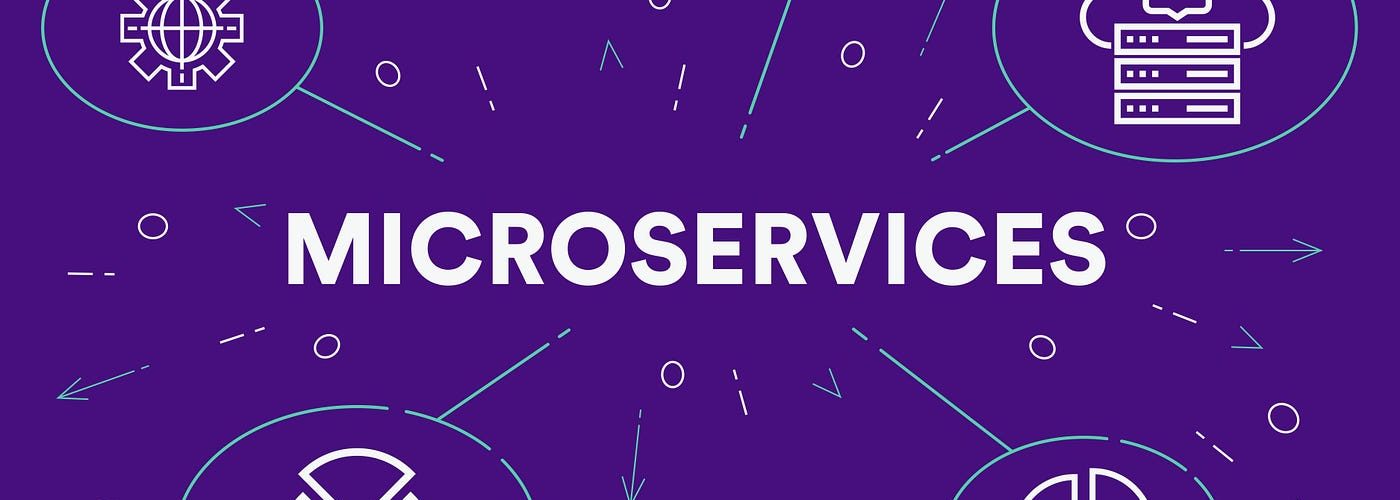Microservices architecture has revolutionized the way developers build and deploy applications, offering unparalleled scalability, flexibility, and resilience. Unlike traditional monolithic structures, microservices break down complex applications into smaller, independent services, each responsible for a specific function or feature. This approach enables development teams to work in parallel, significantly enhancing agility and fault tolerance.
The Foundation of Microservices
At the core of microservices architecture lies the principle of modularity. By dividing an application into smaller, manageable components, developers can create systems that are easier to maintain, update, and scale. This modular approach also allows for greater flexibility in technology choices, as different services can be built using different programming languages or frameworks, depending on their specific requirements.
Essential Microservices Best Practices
To harness the full potential of microservices architecture, organizations must adhere to certain best practices. These strategies ensure that the benefits of microservices are maximized while mitigating potential challenges.
1. Containerization with Docker
Docker has emerged as a cornerstone technology in microservices deployment. It allows developers to package each service, along with its dependencies, into a container that can run consistently across different environments. The Docker Daemon manages these containers, while a registry stores and retrieves container images, ensuring uniformity from development to production.
2. Orchestration with Kubernetes
As microservices proliferate, managing them manually becomes increasingly complex. Kubernetes, a powerful container orchestration platform, automates the deployment, scaling, and management of containerized applications. It efficiently manages multiple services across a cluster of nodes, simplifying operations and enhancing reliability.
3. Implementing Effective Caching Strategies
Caching plays a crucial role in optimizing microservices performance. By implementing caching systems like Redis or Memcached, organizations can significantly reduce latency and database load. These systems store frequently accessed data, allowing for faster retrieval and improved overall system responsiveness.
4. Database Independence
To maintain true service autonomy, it’s crucial to assign a dedicated database to each microservice. This practice ensures that services remain independent, preventing issues in one database from affecting others. While services may communicate with each other, their data stores should remain separate to preserve modularity.
5. Embracing Distributed Tracing
In a microservices ecosystem, requests often traverse multiple services, making issue tracking and debugging challenging. Distributed tracing addresses this by tagging requests with unique trace IDs, allowing developers to monitor and analyze how long each service takes to process requests. This visibility is invaluable for performance optimization and troubleshooting.
6. Comprehensive Monitoring and Tracing
Beyond request tracing, comprehensive monitoring of microservices health and performance is essential. Tools like Prometheus and Grafana provide critical insights into resource consumption, error rates, and service health. These monitoring solutions, combined with tracing tools, offer a holistic view of the microservices landscape, enabling proactive management and optimization.
7. Centralized Logging
Effective logging is paramount in diagnosing issues within a distributed architecture. Centralized logging platforms such as the ELK Stack (Elasticsearch, Logstash, and Kibana) or Graylog aggregate logs from various microservices. This centralization makes it easier to trace issues across different services, facilitating faster problem resolution.
8. Leveraging Event Bus for Communication
Asynchronous communication between microservices is often necessary and can be facilitated through an Event Bus. Technologies like Kafka or RabbitMQ enable event-driven communication, allowing services to emit and consume events without tight coupling. This approach enhances system flexibility and scalability.
9. Implementing Service Discovery
In dynamic microservices environments, where services are deployed across multiple nodes and instances, Service Discovery becomes crucial. Tools like Consul or Eureka maintain a central registry of services, enabling other services to discover and communicate with them efficiently. This practice ensures seamless interaction between services in a constantly changing landscape.
10. Effective Load Balancing
Load balancing is essential for distributing incoming traffic evenly across multiple service instances. This practice prevents overloading of individual instances and ensures high availability. Tools like HAProxy or Nginx can serve as effective load balancers in a microservices setup, optimizing performance and reliability.
11. Utilizing API Gateways
An API Gateway acts as a single entry point for all microservices, handling critical functions such as request routing, authentication, and rate limiting. Platforms like Kong or NGINX can serve as robust API gateways, managing external requests to various services and providing an additional layer of security and control.
12. Leveraging Cloud Providers
Deploying microservices in the cloud offers unparalleled scalability, resilience, and flexibility. Major cloud providers like AWS, Google Cloud, and Azure offer managed services that simplify the deployment, scaling, and monitoring of microservices applications. These platforms provide the infrastructure and tools necessary for real-time management and optimization of microservices architectures.
Conclusion
Implementing these microservices best practices is crucial for building scalable, flexible, and resilient applications. By embracing containerization, orchestration, effective caching, and other key strategies, organizations can harness the full potential of microservices architecture. However, success ultimately depends on careful planning, thoughtful design, and ongoing maintenance of services. As the technology landscape continues to evolve, staying informed about the latest microservices trends and continuously refining implementation strategies will be key to long-term success in modern application development.
Read more about the topic here.
Read more such articles from our newsletter here.






Add comment